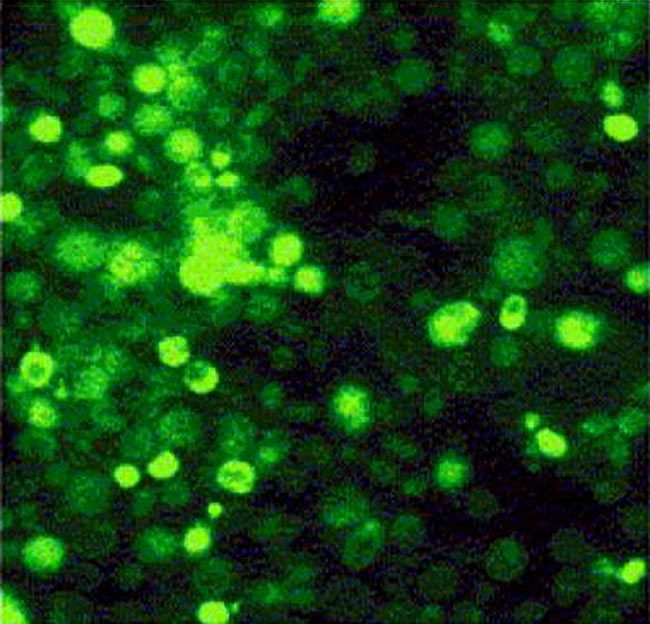Rat Genes Used to Sniff Bombs

Using yeast cells and rat genes, researchers have developed a new explosive-sniffing biosensor that could detect dangers ranging from landmines to sarin gas, according to a new study.
To create the biosensor, Danny Dhanasekaran and his team at Temple University School of Medicine inserted a rat’s smelling genes into yeast cells—the same microbes used to make bread and beer—and also linked the genes to churn out a fluorescent green protein. When the olfactory receptor "smells" the odor of explosive TNT, the biosensor glows green.
Dhanasekaran said the technology, detailed in the June issue of the journal Nature Chemical Biology, could be of “immense value” in turning up chemical weapons, even when not enough toxins are present to be lethal, as biosensors are cheaper, less cumbersome and more flexible than man-made sensors.
Now that the scientists have shown the biosensor works, shortening the time it takes to sniff out dangers is a top priority. But the team also thinks it could be used for other applications with a bit of genetic tweaking. “This system could also be used to screen experimental medications, a crucial step in the development of new drugs," said Dhanasekaran.
- Military Sensor Hears Through Walls
- Shadowy T-rays: Hunting Tumors and Exploring the Universe
- Electronic Nose Aims to Sniff Out Diseases
Sign up for the Live Science daily newsletter now
Get the world’s most fascinating discoveries delivered straight to your inbox.












